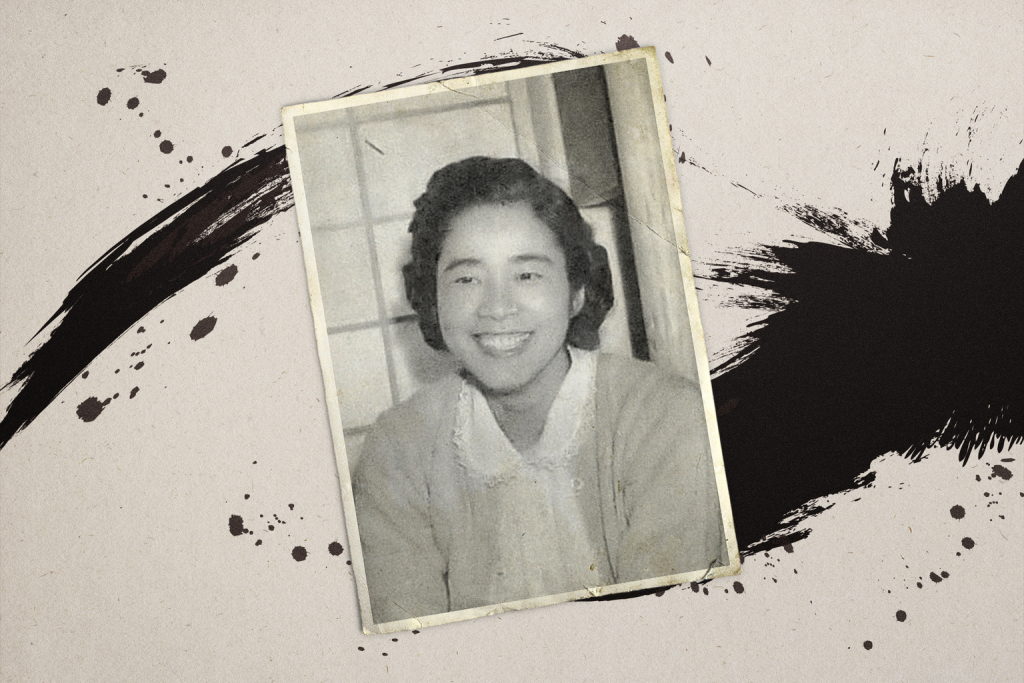On this day in 1946, Fukunichi Shimbun published Sazae-san for the first time. A four-panel comic strip, it was later bought by the Asahi Shimbun before making its television debut in 1969. More than five decades on and it’s still going strong as the world’s longest running animated series.
The original story, depicting three generations living under one roof, was the brainchild of Machiko Hasegawa, one of Japan’s first female manga artists. As well as Sazae-san, she was also known for comic strips such as Ijiwaru Baasan (Granny Mischief) and Epuron Obasan (Aunt Apron), both of which were turned into TV series.
Background
Hasegawa was born on January 30, 1920 on the southern island of Taku in Saga Prefecture. At elementary school, she described herself as a bully who was often involved in fights. Though deemed a troublemaker, she proved to be a very bright student and her talent for art was obvious from a young age.
When she was 14, Hasegawa’s father, with whom she was very close, passed away. The family then left Kyushu to head to the capital. At that time, Suiho Tagawa was the biggest name in the manga industry, most notably for his series Norakuro about an anthropomorphic black and white dog. Determined to nurture her own artistic abilities, Hasegawa declared she had to become a disciple of Tagawa.
And so she did, becoming his apprentice while continuing to study at high school. It then wasn’t long before her work started getting noticed. Hasegawa’s first cartoon to be published in a magazine was Tanuki no Omen (Badger Mask) when she was in her mid-teens. Her debut series soon followed as she established herself as one of Japan’s first-ever female manga artists.
https://www.youtube.com/watch?v=u8u4oDfmqmg&list=PLIcYjoj3d2ds44cYtfD3wRjOqYudNXQhq
The Birth of Sazae-San
It was after World War II, however, when she got her big break thanks to Sazae-san. Released on this day 76 years ago, the story was born not long after women had been granted suffrage. Hasegawa made reference to this in one of her early strips through her titular character Sazae Isono, who declared at a public meeting that men should strive for women’s liberation.
In the early days of Sazae-san, Hasegawa touched on many social issues of the time, including food shortages. Despite delving into deep topics, though, she always kept the cartoon light-hearted and fun. Ultimately, the main focus was on the large family dynamic with Sazae’s parents, siblings, husband, son and pet all under one roof.
When the cartoon moved to the Asahi Shimbun in 1949, the family moved as well, from Kyushu to Tokyo. Twenty years later came the animated series. A sake firm had wanted to sponsor it, but Hasegawa refused, selling it to NHK, a non-commercial channel. She later sued a bus company for using Sazae-san characters without approval. New copyright laws for fictional characters were established as a result.
https://www.youtube.com/watch?v=NFlbS5UV0K4&t=39s
Beyond Sazae-San
Aside from Sazae-san, Hasegawa was most well-known for Epuron Obasan and Ijiwaru Baasan. The former centered around a caring yet clumsy old lady who, as the title suggests, always wore an apron. The titular character of the latter, meanwhile, was very different. Nasty and vindictive, she would play pranks on anyone she came across. That included one time when she hid a dog in her home so she could claim the reward money for finding it.
In 1979, an autobiographical essay by Hasegawa was turned into a morning drama (asadora) on NHK. Ma-Ne Chan proved a hit with viewers, drawing audience figures of over 40 percent. It also helped launch the career of Yuko Tanaka, who played Hasegawa. She went on to star in Oshin, the most successful asadora ever, which was broadcast in more than 70 countries.
The main character in Ma-Ne Chan, however, was actually Hasegawa’s sister Mariko. The siblings had a very close relationship. As well as living together, they also ran the Shimaisha Publishing Company, which produced more than 20 million paperback cartoons. It eventually went out of business in 1993, a year after Hasegawa had passed away.
Hasegawa’s Death and Legacy
The famous manga artist died of heart failure on May 27, 1992. She was 72. In her will, Hasegawa requested that the announcement of her death not be made until 35 days after her ashes had been laid to rest. She believed that “the dead should not disturb the living.” In the final years of her life, she shunned public appearances, preferring to spend time with her pets rather than people.
Two months after her passing, Hasegawa posthumously received the People’s Honor Award, bestowed by the Prime Minister of Japan. She was also given many accolades during her lifetime, including the Medal of Honor with Purple Ribbon and the Order of the Precious Crown. The Kyushu-native will always be remembered as a pioneer for female manga artists. And for one manga in particular that stands out above the rest.
On September 5, 2013, Sazae-san was awarded the Guinness World Record for the longest running animated series in the world. Apart from a brief hiatus due to the Covid-19 pandemic in 2020, it has shown no sign of slowing down since. There have been over 8,300 episodes and it seems like there’s plenty more to come. For Japanese people, Sunday evenings just wouldn’t be the same without it.








